Same Day Shipping EMI & COD on most products
Trusted Partner Since 1969
GST B2B Billing  Help
Help  00919699976817
00919699976817
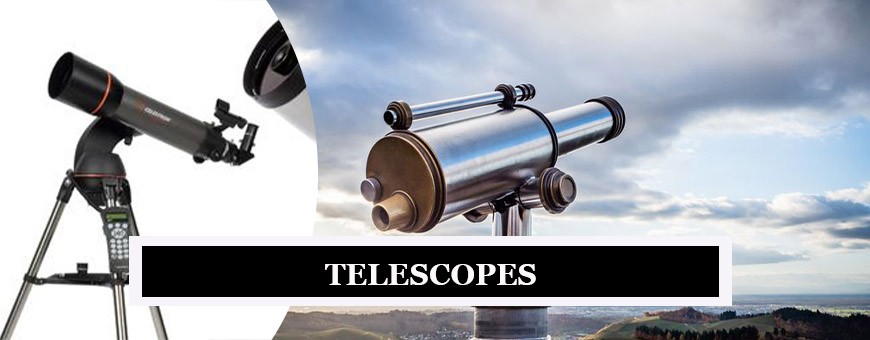
Showing 1–24 of 48 results
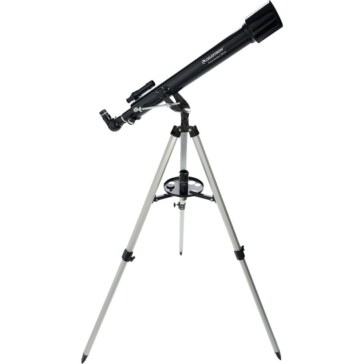
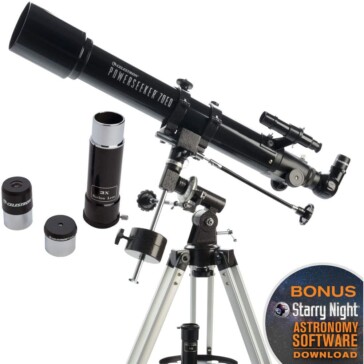
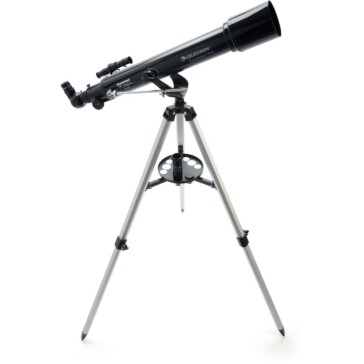
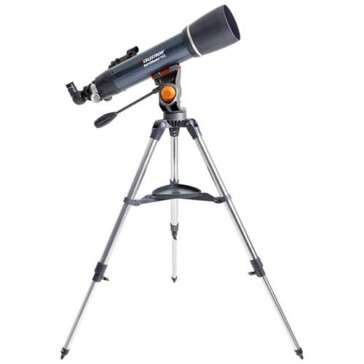
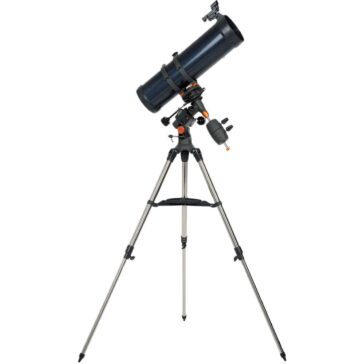
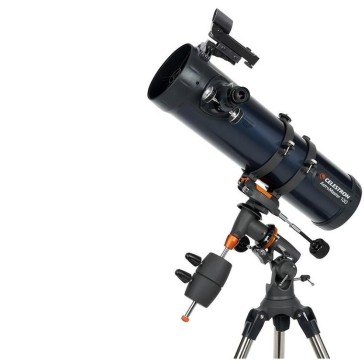
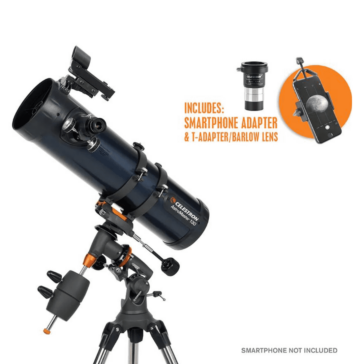
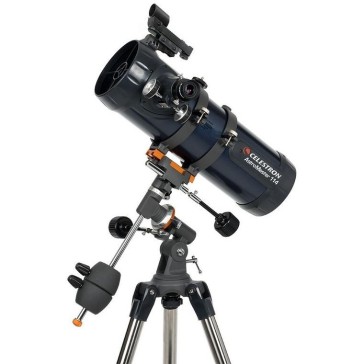
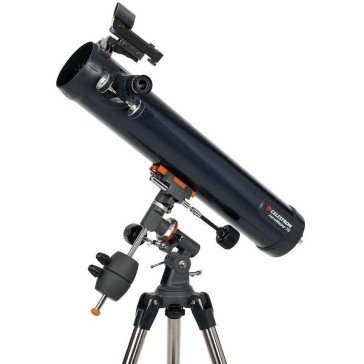
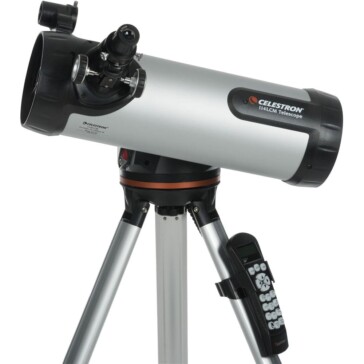
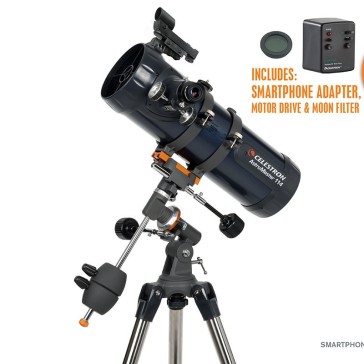
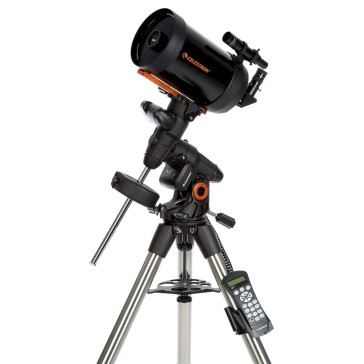
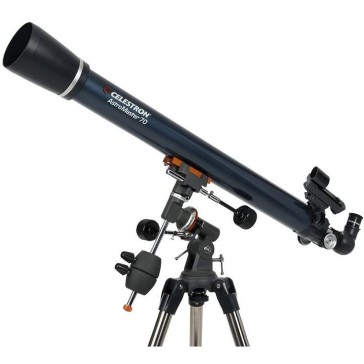
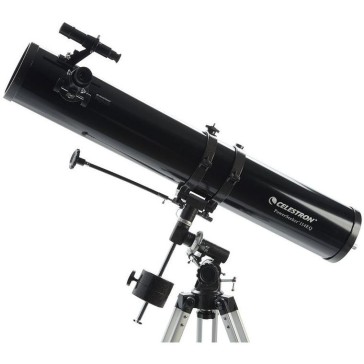
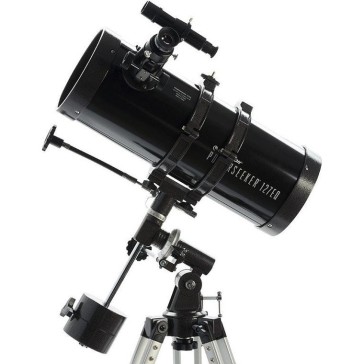
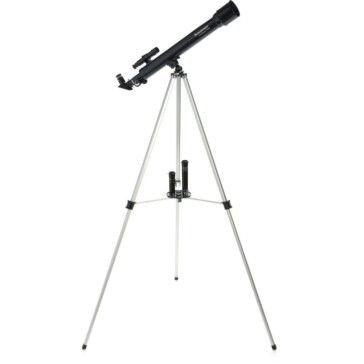
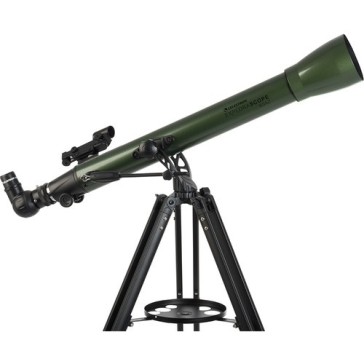

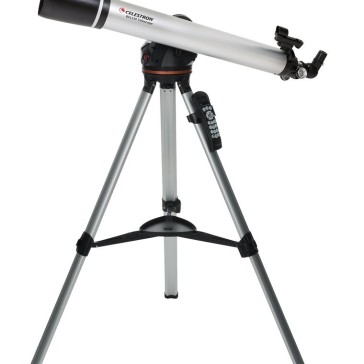
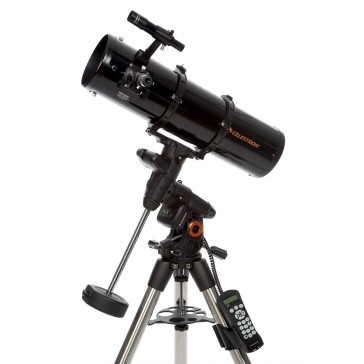
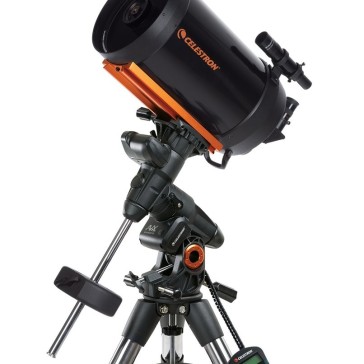
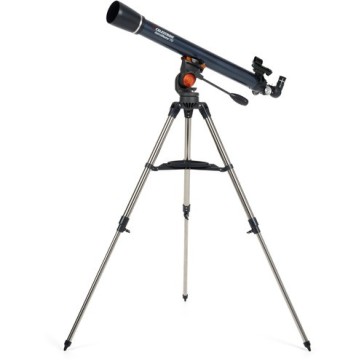
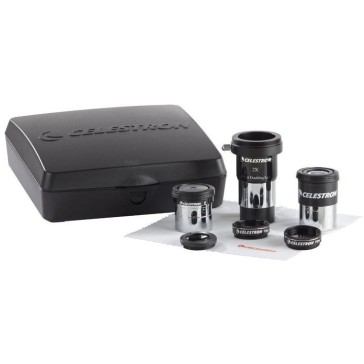
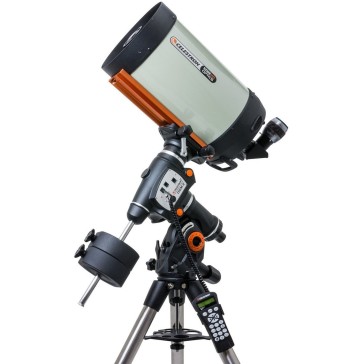
The Comprehensive Guide to Telescopes: Exploring the Universe with Precision
The universe is vast, mysterious, and filled with wonders that have captivated humanity for centuries. With the advancement of technology, our ability to explore and understand the cosmos has grown exponentially. One of the primary tools aiding this exploration is the telescope. Telescopes have not only expanded our understanding of the universe but have also brought the distant stars and galaxies closer to us.
1. The Evolution of Telescopes:
The history of telescopes dates back several centuries. From the rudimentary designs of the past to the advanced digital telescopes of today, these instruments have undergone significant evolution. Modern telescopes are equipped with advanced optics and computerized systems, allowing for clearer and more detailed observations.
2. Types of Telescopes:
There are various types of telescopes, each designed for specific observational needs:
Refracting Telescopes: These use lenses to gather and focus light. They are known for their clarity and are often used for planetary observations.
Reflecting Telescopes: Using mirrors, these telescopes gather light and offer a wider field of view, making them ideal for observing galaxies and nebulae.
Compound Telescopes: A combination of lenses and mirrors, these telescopes provide the benefits of both refracting and reflecting designs.
3. Modern Advancements:
Today’s telescopes come with advanced features like computerized tracking systems, high-resolution imaging, and the ability to filter specific light wavelengths. This allows astronomers to observe celestial objects with unprecedented detail.
4. Choosing the Right Telescope:
For enthusiasts looking to invest in a telescope, it’s essential to consider factors like the type of observations you wish to make, the telescope’s aperture size, and its portability.
5. The Future of Telescopic Observations:
With advancements in technology, the future holds promise for even more detailed and distant cosmic observations. Projects like the James Webb Space Telescope are set to revolutionize our understanding of the universe.
In conclusion, telescopes are a testament to human curiosity and our desire to explore the unknown. They bridge the gap between us and the vast cosmos, bringing the mysteries of the universe a little closer to home.
Telescopes have played a pivotal role in expanding our knowledge of the universe. They have enabled astronomers to observe distant stars, galaxies, and phenomena, leading to discoveries about the cosmos’s structure, origin, and evolution.
Refracting telescopes use lenses to gather and focus light, offering clear images ideal for planetary observations. Reflecting telescopes, on the other hand, use mirrors to collect light, providing a wider field of view suitable for observing galaxies and nebulae.
Modern telescopes come equipped with advanced optics, computerized tracking systems, and high-resolution imaging. These features allow for clearer, more detailed observations and the ability to study celestial objects in various light wavelengths.
Absolutely! There are various telescopes designed specifically for amateur astronomers and enthusiasts. These telescopes are user-friendly, portable, and offer a range of observational capabilities suitable for beginners and seasoned hobbyists alike.



Most units are shipped same day using professional courier services with tracking.
We work round the clock to ensure you get the highest level of customer satisfaction.
Well packed, Sealed Units are shipped from our warehouse which are waterpoof & sturdy.
Design Info
GST: 27AYUPJ2628P1ZK
No.1, Saremals, Shastri Hall Building,
Nana Chowk, Grant Road West,
Mumbai 400007, Maharashtra, India
New Delhi Branch – South Ex 2, 110049
Also Ships DAILY from Brisbane, Dubai,
Berlin, Barcelona, Detroit & Vancouver.
Connect online / schedule a demo
Call/WhatsApp: +91-9699976817
Email: [email protected]
Live Chat: Business Hours
Follow Us: @designinfo.in
Copyright © 2014-2022 Design Info All Rights Reserved. Feedback on web experience
Since 1969